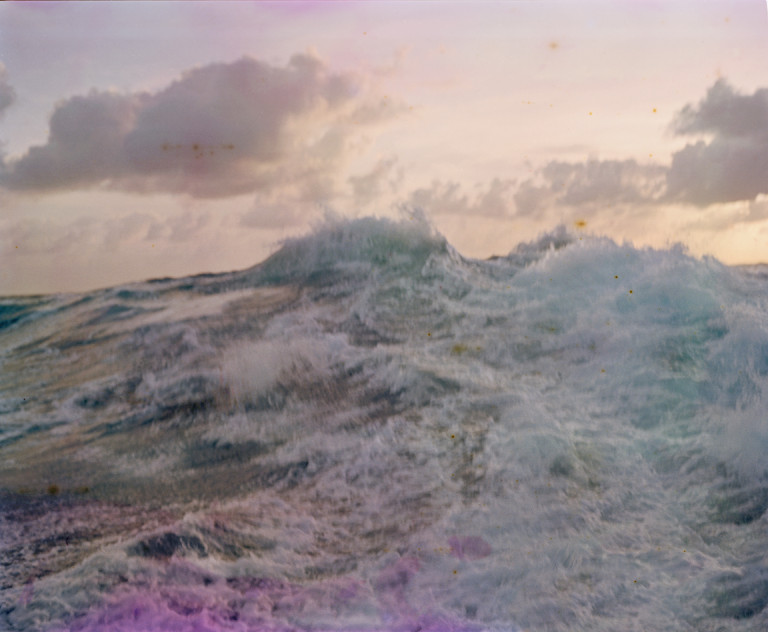It has been a month since the first Artist at Sea’s transit journey on R/V Falkor. This experience led to a successful series of photographs and film footage that visualizes the unseen and fuels the creative search for answers.
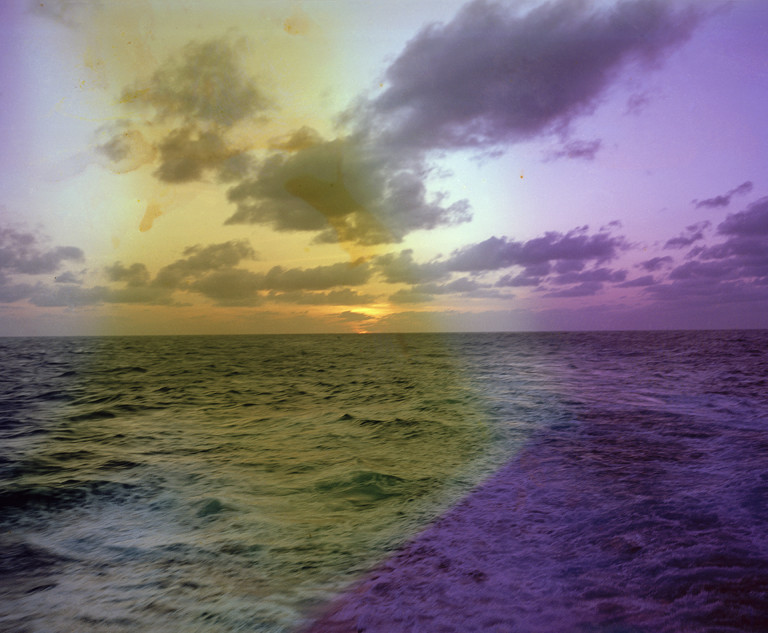
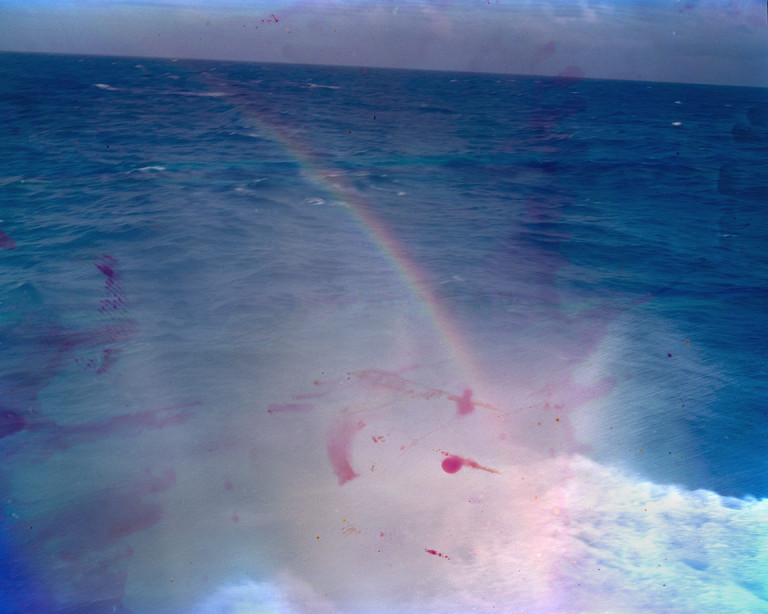
Moving Forward
It has been a month since my adventures on Falkor, and I would set sail again today in a heartbeat. This once-in-a-lifetime experience has lead to a series of photographs and film footage that will be presented in my MFA thesis exhibition at the University of South Florida’s CAM museum, opening on April 1st.
“To expect the unexpected shows a thoroughly modern intellect.” Oscar Wilde
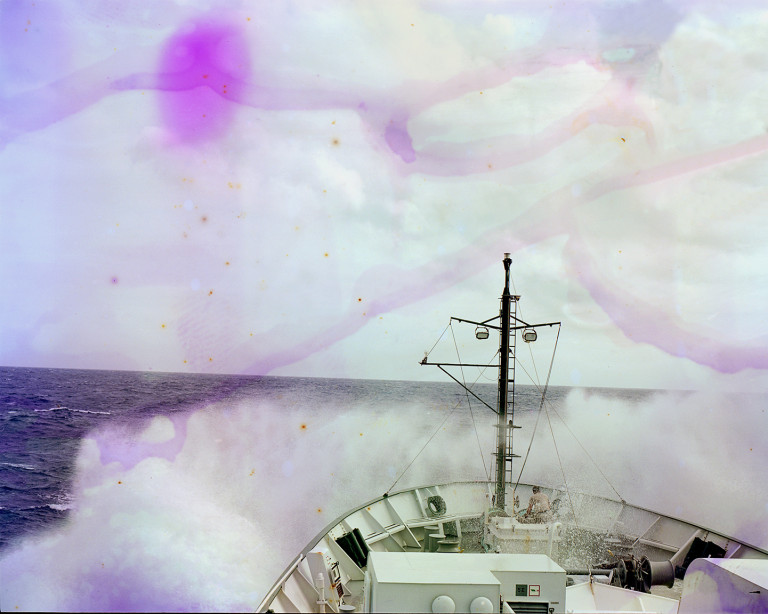
During the transit, there was no way for me to fully anticipate the final results of the interaction between the seawater and photographic film. Tests conducted before the journey provided a clue, but the dramatic results far exceeded my expectations. Forces like salinity, ph levels, and tiny organisms reacted with the light sensitive sliver crystals and dye layers in the film and left marks that bring to mind flowing paint, psychedelic hues, and organic patterns.
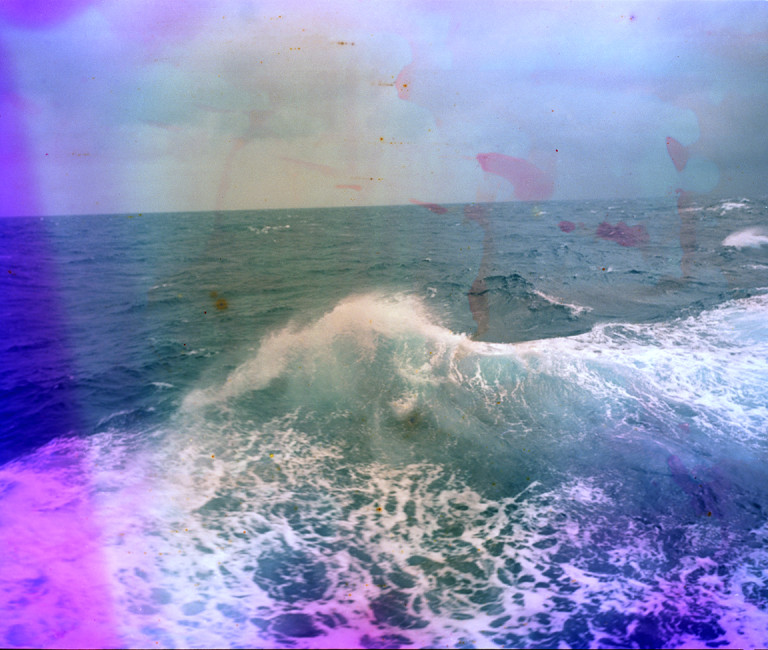
This residency, and the collaboration with scientist David Fries and artist TeZ, has been an incredibly rich opportunity. I was able to freely explore recurring themes in my work related to deconstructing environments, visualizing the unseen, and freely experimenting with materials to uncover new modes of image making. I am now in the process of preparing for the CAM exhibition by refining and selecting images to print large scale and editing the super 8 film for projection. Future shows are in the works at the Florida Aquarium in Tampa and The Arts at Marks Garage gallery in Honolulu. These upcoming exhibitions will include TeZ’s innovative video which reacts to the ph data collected from the SAMI sensor during the transit by generating organic forms and soundscapes.
Future Steps
Response to the project has been very positive, and I am excited about the opportunity to show the work and tospread the word about the important research conducted on Falkor. Many colleagues, friends and students have expressed interest in the new artist’s residency, and I believe this unique art/science opportunity will lead to many groundbreaking projects in the future.

This residency allows for a generative dialogue to take place between art and science, fueling the creative search for answers inherent in both disciplines. I hope this project can create a personal and multi-layered experience for viewers, and that they will walk away feeling a heightened sense of connection to the ocean. I want to extend my sincere gratitude to the Schmidt Ocean Institute, and to the patient, dedicated crew of Falkor for allowing this project to be realized.
